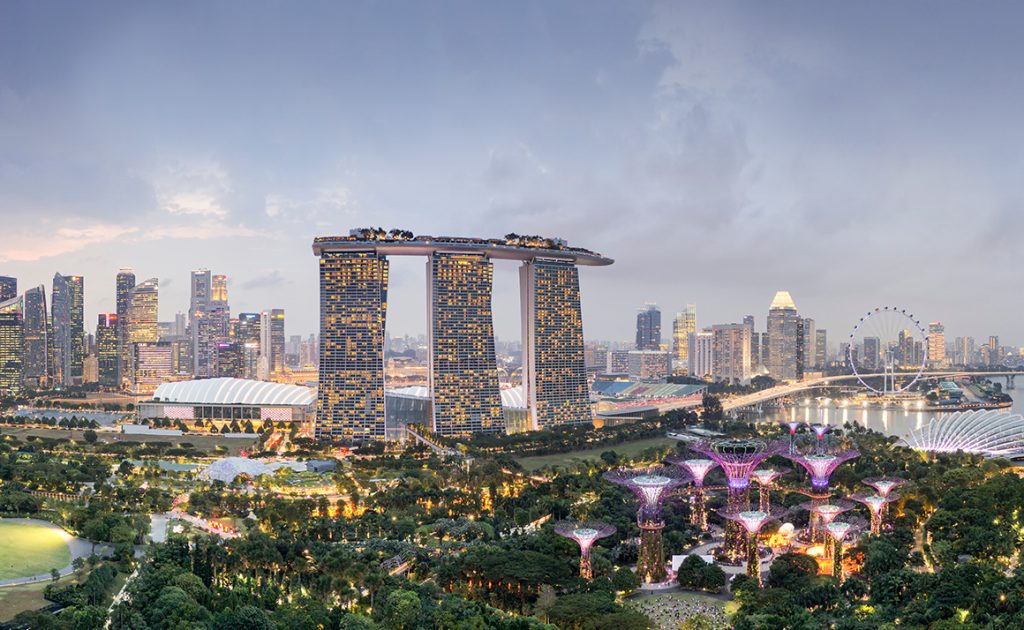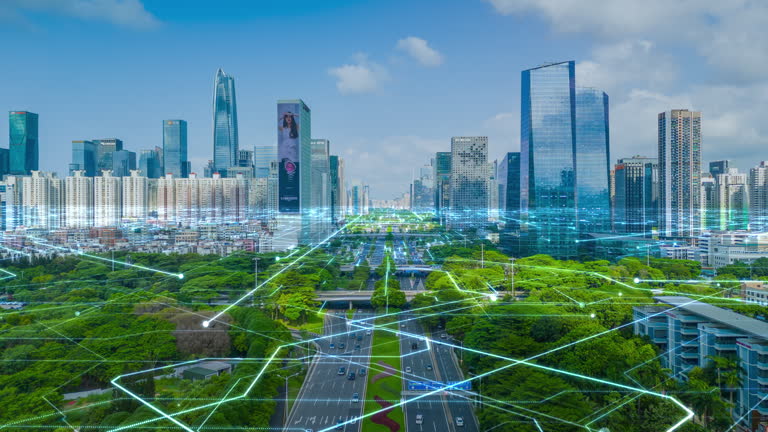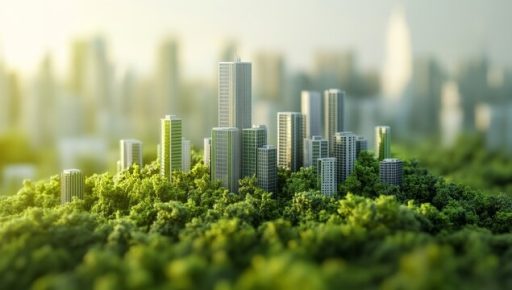With sustainable cities 2026 at the center of global planning, urban life is being redefined. Cities are moving from growth-at-any-cost to growth-with-purpose as a result of the world’s rising urbanization. Designing new neighborhoods and modifying old ones to be low-carbon, resilient, inclusive, and intelligent is part of this. It entails combining digital technologies, affordable housing, green parks, and public transportation into a unified environment. Sustainable cities 2026 aims to guarantee that cities serve as catalysts for opportunity without endangering the environment by 2026.
Municipalities worldwide are adopting green roofing, community climate centers, smart transportation, and affordable housing nodes connected to rapid transit. The fact that cities currently house more than half of the world’s population and produce the majority of emissions is what is driving this change. The goal of Sustainable Cities 2026 is very clear: everyone will benefit from better infrastructure, healthier surroundings, and more fair access.
Smart Mobility in Sustainable Cities 2026: Streets of the Future
Smart mobility—efficient, inclusive, and low-emission transportation systems—is one of the defining pillars of sustainable cities 2026. Autonomous shuttles, bicycle networks, micro-mobility, and shared electric fleets replace automobiles in some cities. Municipalities worldwide are adopting green roofing, community climate centers, smart transportation, and affordable housing nodes connected to rapid transit. First- and last-mile connections, integrated ticketing, and user-friendly applications have reinvented public transportation to make it more accessible. Urban mobility is one of the main sustainability factors going into 2026, according current trend studies.
Bicycles and pedestrians are given priority in transportation corridors, and rural-metro connections are strengthened. Sustainable cities go beyond only swapping off fuel types; they completely rethink transportation when it becomes really intelligent. Social justice is crucial because all locals would profit from mobility improvements if they have inexpensive access to transportation. In sustainable cities, smart mobility is justice in motion, not simply convenience.

Green Infrastructure in Sustainable Cities Built to Last
Infrastructure in sustainable cities 2026 is intended to be resilient, regenerative, and environmentally friendly. Parks, wetlands, permeable pavements, green roofs, and roadways lined with trees are green examples. They’ll improves biodiversity, absorbs runoff, and reduces urban heat islands. Nature-based solutions, for instance, are becoming more popular in municipal planning frameworks. Smart buildings with sensors, renewable energy sources, and circular materials are also considered infrastructure. Green infrastructure performance is monitored by municipalities using dashboards and KPIs. Neighborhoods created as “sponge districts” to control flooding and rainfall are found in sustainable cities. These cities provide living systems rather than just dwellings because of the intersection of ecological and urban architecture. Cities will lower danger, improve health, and create lovely, useful public areas for people, not just traffic and skyscrapers, with green infrastructure.
Affordable and Inclusive Housing for Sustainable Cities 2026
Combining affordability, sustainability, and inclusion, housing is a key component of sustainable cities 2026. The risk of isolation and sprawl rises with the size of cities. Sustainable cities 2026 addresses this by incorporating reasonably priced housing into eco-friendly neighborhoods. Low-carbon building materials, energy-efficient design, and proximity to amenities and transit hubs are all features of these homes. UN-Habitat-supported programs prioritize essential services and sufficient housing as part of the strategic urban agenda for 2026.
Community land trusts, cooperative housing schemes, and mixed-income complexes are becoming increasingly prevalent. These concepts guarantee that everyone can live in green neighborhoods, regardless of their financial situation. Housing is a key component of the design of sustainable cities, not an afterthought. Gardening, walking trails, pure air, and transportation are all available to residents. By making housing a social and environmental asset, this all-encompassing concept helps cities become resilient and inclusive by 2026.
Comparison of Urban Approaches
While many communities are taking different approaches, Sustainable communities 2026 has several characteristics in common. Three popular methods of city development that support this goal are contrasted in the table below:
| Urban Model | Features | Benefits | Challenges |
|---|---|---|---|
| Compact Mixed-Use Model | Dense, walkable neighbourhoods | Reduced travel emissions, strong community | Requires existing infrastructure and planning |
| Suburban Green Retrofit | Upgrades to existing low-density areas | Lower costs, leverages current buildings | Longer timelines and coordination needed |
| Smart Transit Corridor | High-capacity transit axis with TOD housing | Fast mobility, inclusive access | High capital investment and regulatory complexity |
Governance, Technology & Community Engagement
Technology, community involvement, and government are all essential to the successful implementation of sustainable cities 2026. To provide integrated solutions, efficient city government synchronizes several divisions, including utilities, housing, transportation, and the environment. Technology is essential: digital twins model city planning scenarios, while Internet of Things devices track energy use, garbage flows, and air quality. Community involvement guarantees that locals have a say in how their neighborhoods are developed and that everyone benefits equally. Smart city standardization is supported by frameworks and standards as those created by EU working groups and the International Telecommunication Union.
Cities that support transparent decision-making, participatory budgeting, and accessible data foster resilience and trust. According to Sustainable Cities 2026, when people, technology, and policy come together, a vibrant urban ecosystem is created. Cities become not just intelligent but also sustainable and inclusive as a result of the empowerment of communities, responsive services, and innovation.

Monitoring, Metrics & Future Outlook
Metrics and monitoring are essential for measuring progress and accountability as we move toward Sustainable Cities 2026. Success is determined by important metrics including carbon emissions, housing affordability, green space per person, and public transportation accessibility. For instance, monitoring affordable housing and essential services is a key component of the United Nations Human Settlements Programme’s (UN-Habitat) 2026–2029 strategy plan. in addition to international standards such as the United Nations’ Sustainable Development Goal 11 (sustainable cities and communities).
Cities can make real-time strategy adjustments by producing strong statistics and visible dashboards. Looking ahead, tighter feedback loops, ongoing learning, and developing technologies will shape the urban scene of 2026. Cities working toward Sustainable Cities 2026 will be able to respond to economic, demographic, and climate shocks more quickly using real-time knowledge. The future is bright: vibrant communities that learn, develop, and prosper are what make green society unique.
FAQs:
1. What does Sustainable Cities 2026 mean?
It refers to the emerging model of greener, smarter, inclusive urban communities scheduled to reach key milestones by 2026.
2. How will Sustainable Cities 2026 improve mobility?
By introducing smart transit systems, micro-mobility networks, and data-driven traffic management for lower emissions and higher equity.
3. Can Sustainable Cities 2026 include affordable housing?
Yes—integrating low-carbon, mixed-income housing near transit and amenities is a core component of the vision.
4. Why is green infrastructure important in Sustainable Cities 2026?
Green infrastructure improves resilience, biodiversity, air quality and climate adaptation while creating better living environments.
5. How will governance help Sustainable Cities 2026 succeed?
Strong governance ensures coordination across departments, community engagement, transparency and technology integration—all key to delivering the 2026 vision.
Conclusion
The Green cities mark will be evident in urban landscapes across the world by 2026: densely populated neighborhoods with effective transit, verdant parks integrated into the city, reasonably priced housing within commuting distance, and data-driven urban system management. This revolutionary innovation for smarter, greener societies is not just a dream; it is a need. In the face of resource limits, population expansion, and climate change, cities that prioritize equitable housing, green infrastructure, smart mobility, and participatory government will prosper. In equal measure, innovation, fairness, and resilience are required on the path to sustainable cities 2026. Communities, businesses, and legislators must work together to take effective action. The end result is livable, empowered, and future-proof cities that are also sustainable.








